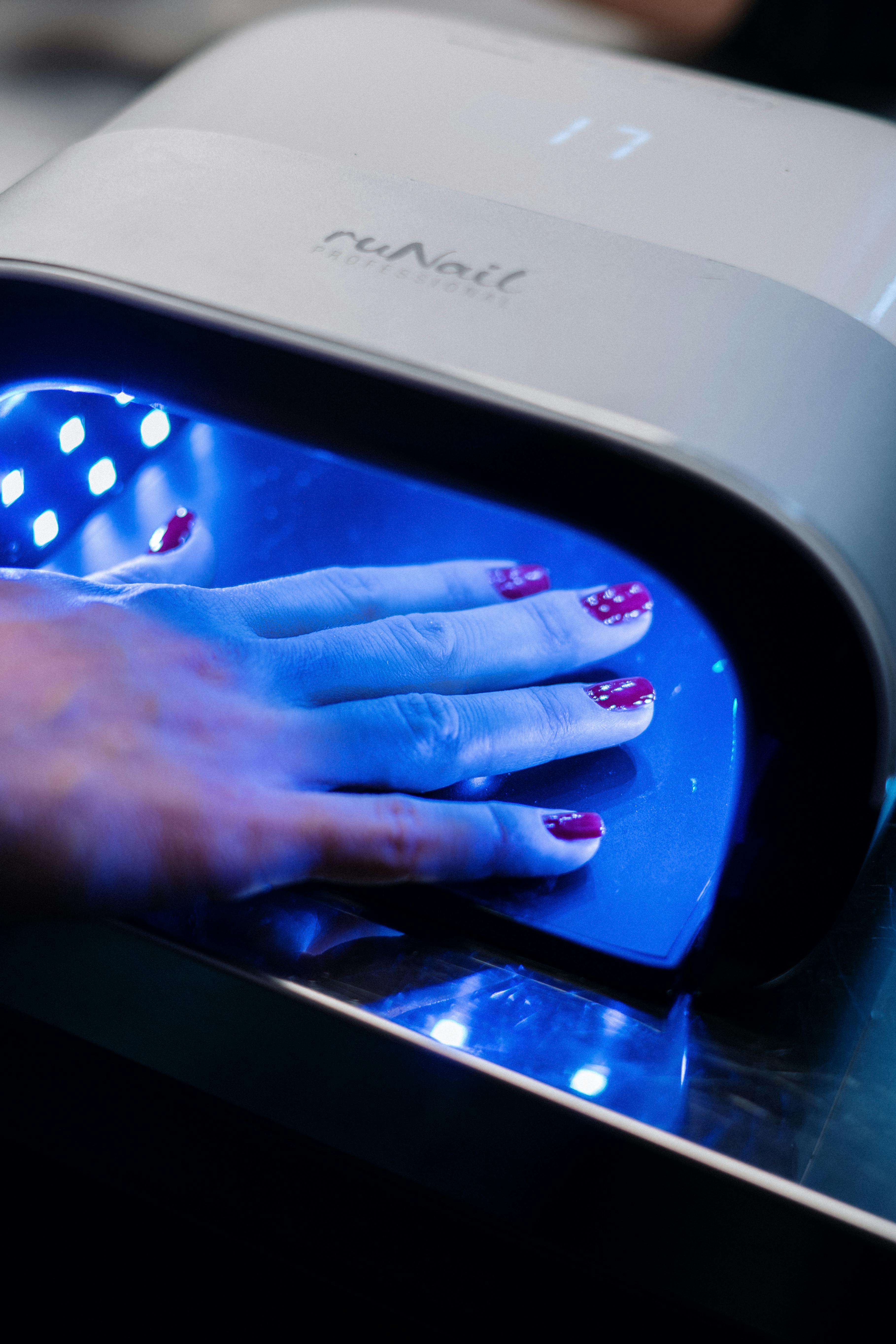How to strengthen nails and prevent splitting naturally
Learn practical, natural strategies to strengthen nails and reduce splitting using simple nailcare habits, targeted hydration, gentle tools, and routine maintenance. This teaser highlights the focus on health-minded, DIY-friendly approaches and when to seek professional help.

Healthy nails start with consistent care and realistic expectations. Weak or splitting nails often reflect a mix of external wear and internal needs: dehydration, repetitive filing, harsh chemicals, or underlying nailhealth issues can all play a role. A routine that balances hygiene, gentle shaping, and targeted hydration helps reduce splitting while supporting longer, stronger nails over time. Adopt gradual changes—improvements usually show within weeks rather than overnight.
This article is for informational purposes only and should not be considered medical advice. Please consult a qualified healthcare professional for personalized guidance and treatment.
Why nails split and nailhealth basics
Nails are made of layers of keratin; when those layers separate or become brittle, splitting and peeling occur. Common contributors include frequent exposure to water, chemicals in polish removers, nutritional gaps, and trauma from tools or everyday tasks. Observing your nailhealth means checking for consistent texture, color, and flexibility. If splitting is sudden or accompanied by pain, consult a professional. For most people, lifestyle adjustments—balanced diet, protective gloves, and moderating longwear treatments—bring steady improvement.
How cuticles, hydration, and hygiene help
Cuticles protect the nail matrix; pushing them back gently and keeping them moisturized supports healthy growth. Hydration matters: use hand and cuticle creams with glycerin, ceramides, or natural oils like jojoba. Avoid over-soaking nails in hot water or repeated use of harsh soaps without moisturizing afterward. Maintain hygiene by keeping nails clean and dry between treatments to prevent infections that can weaken nails. Regular moisturization combined with barrier care can reduce brittleness and splitting.
Proper filing, buffing, shaping, and tools
Correct filing technique prevents stress at the nail edge: file in one direction with a fine-grit file rather than sawing back and forth. Light buffing can smooth ridges but avoid excessive buffing that thins the nail plate. Choose quality tools—glass or fine-grit files, gentle buffers, and sanitized cuticle pushers—to minimize microtrauma. For shaping, prefer rounded or soft-square tips to reduce catch points that lead to breaks. Replace or sanitize tools regularly to maintain hygiene and effectiveness.
Effects of polish, gel, acrylics, and longwear options
Cosmetic enhancements like polish, gel, or acrylics offer aesthetics and longwear benefits but can stress natural nails if misapplied or removed improperly. Frequent use of strong adhesives, aggressive filing for acrylics, or improper gel removal can thin the nail plate and cause splitting. Rotate between breaks without enhancements to allow nails to recover. When choosing a salon service, ask about less aggressive application and removal methods that protect natural nails and minimize damage.
DIY maintenance, removal, and salon considerations
At-home nailcare can be effective: soak nails briefly for removal rather than scraping, use acetone sparingly, and apply strengthening base coats rather than multiple polish layers. For removal of gel or acrylics, follow safe soak-off methods or visit a reputable salon in your area for professional removal to avoid unnecessary force. If you prefer DIY nailart, use breathable products and avoid over-layering. Regular maintenance—trimming, gentle filing, and moisturization—keeps nails resilient between salon visits.
Tools, buffing, filing, shaping, and colortrends
Choose tools that match your routine: fine-grit files for natural nails, soft buffers for light smoothing, and cuticle tools for careful maintenance. Stay mindful of colortrends and how certain finishes or embellishments affect maintenance cycles—heavy nailart can trap moisture or require stronger adhesives. When experimenting with color or nailart, prioritize techniques that minimize filing and chemical exposure to maintain nail integrity while enjoying seasonal looks.
Conclusion Strengthening nails and preventing splitting naturally relies on consistent, gentle care: maintain hydration and hygiene, use the right tools and filing techniques, limit harsh chemical exposures, and balance cosmetic treatments with recovery periods. Small, steady adjustments to daily routines and mindful choices about polish, gel, or acrylics help preserve nail health and reduce splitting over time.





